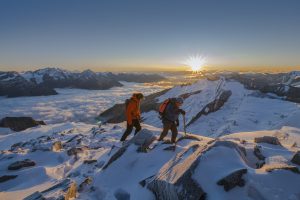
Travel
Corona Canada’s epic “Officer of Natural Wonder” road trip champions the nation’s natural beauty
Brewed with water and natural ingredients, Corona wants to encourage Canadians to responsibly experience the country’s natural wonders
- 1682 words
- 7 minutes
















